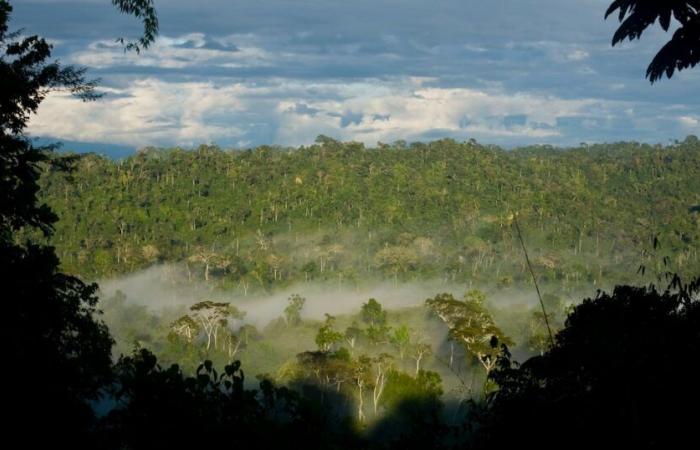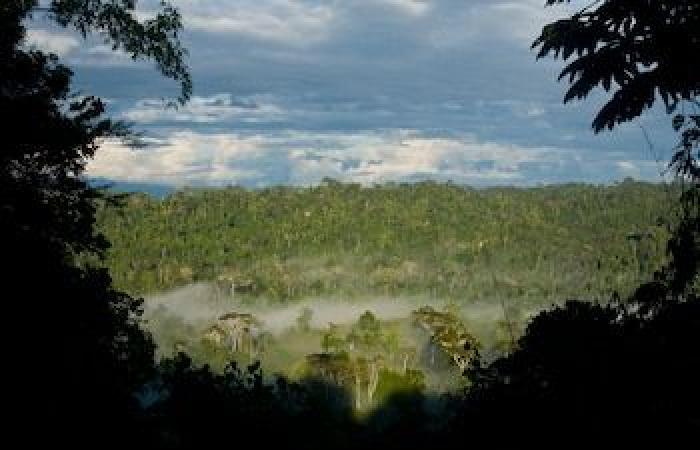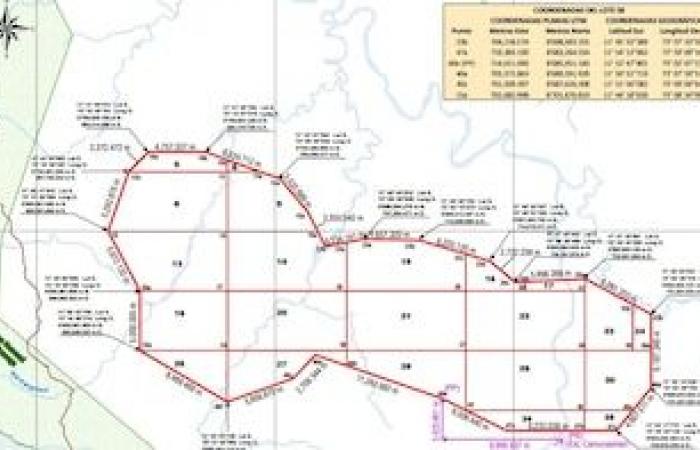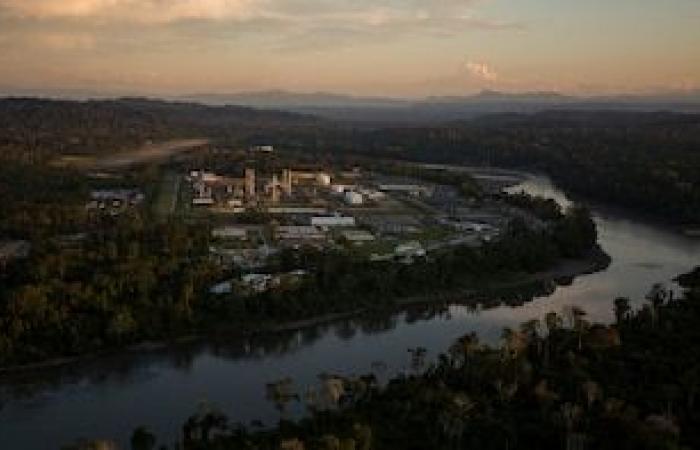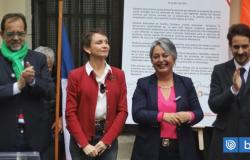He Lot 58located in the region of Cusco and operated by the company CNPCis emerging as one of the most promising initiatives to reinforce the energy security of Peru. As announced by the Minister of Energy and Mines, this project, which has been waiting for years, will begin its production in the first quarter of 2026.
This development not only represents a significant advance in the exploitation of energy resources, but will also increase by 30% Cusco’s gas reserves, from 10 to 13 trillion cubic feet (TCF), according to official data from the Ministry of Energy and Mines (Minem).
The contract for the exploitation of lot 58 was signed in 2005, and the reserves were identified between 2009 and 2011, being commercially declared viable in 2016. Unlike other areas with energy potential, such as Nominy o Manuthis lot has a strategic location near the Malvinas gas processing plant, operated by the consortium Camisea.
This plant is directly connected to the Gas Transporter Gas pipeline in Peru (TGP), which allows significantly reduced marketing times and facilitates immediate access to the market.
As reported by the Minem, this geographical and infrastructure advantage converts lot 58 into a specific opportunity that does not require large additional investments in infrastructure, but only clear operational and regulatory decisions.

The economic impact of the project is also considerable. According to official estimates, lot 58 could generate more than 2,000 million soles in royalties until 2044. In addition, indirect benefits, such as fee and other contributions, are expected to promote the development of the regions.
The Canon, which is a key mechanism to redistribute the wealth generated by natural resources, consists of 50% of the royalties and 50% of the income tax paid by the exploiting company. These funds are transferred to Regional and local governmentswhich ensures a positive impact on nearby communities.
He gas naturalconsidered a key resource for energy transition, has generated important economic and environmental benefits for Peru for more than two decades.
In this context, lot 58 is presented as a unique opportunity to consolidate the country’s energy matrix. According to the Minem, this project will not only strengthen energy security, but will also contribute to the sustainable development of the Cusco region and the country in general.
The importance of lot 58 lies in its ability to take advantage of the existing infrastructure, which reduces costs and implementation times. This differentiates it from other projects that require significant investments in new facilities.
In addition, its proximity to the processing plant and gas pipeline ensures rapid integration to the market, which makes it one of the most viable and strategic initiatives in the Peruvian energy sector.

In terms of social impact, the project also promises tangible benefits for local communities. The redistribution of income generated by the fee and royalties will allow financing infrastructure, education and health projects in the beneficiary regions. This reinforces the role of lot 58 as a not only energy development engine, but also social and economic.
In this way, lot 58 represents a specific opportunity to transform the energy matrix of Peru, taking advantage of a strategic resource that already has proven reserves and an operational infrastructure ready for exploitation.
According to Minem projections, this project will not only strengthen the country’s energy security, but also generate important economic and social benefits for the regions involvedconsolidating itself as a key pillar in the energy and sustainable development of Peru.

